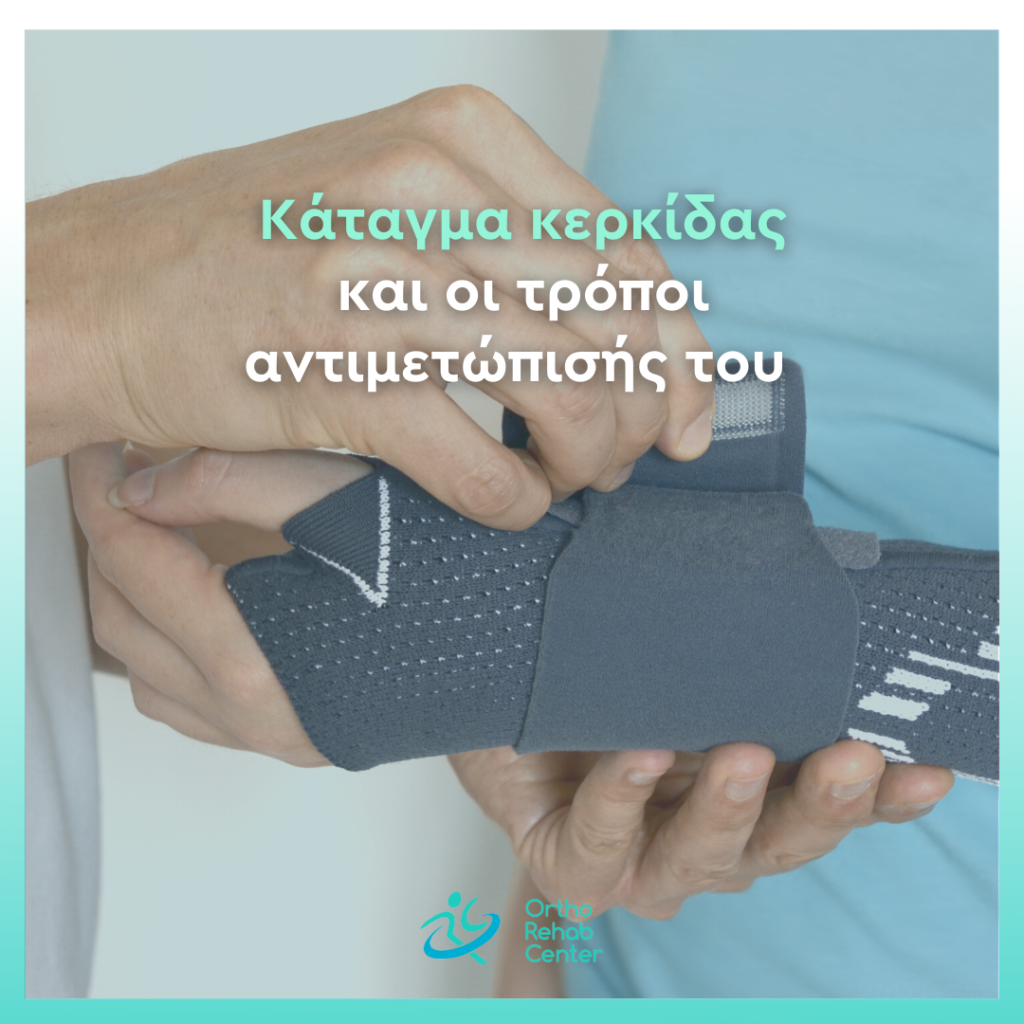The radius is located in the wrist region and constitutes the larger of the two bones of the forearm. A radial fracture is among the most common fractures in this area and typically refers to a break or crack of the wrist.
Fractures of the radius can be classified into the following categories:
- Stable fractures – the bone fragments remain aligned or can be easily realigned and treated with immobilization using a splint or cast.
- Unstable fractures – the bone fragments can be repositioned but tend to shift out of alignment despite immobilization.
- Comminuted fractures – the bone is shattered into multiple pieces.
- Open fractures – a portion of the bone penetrates through the skin.
- Intra-articular fractures – the fracture extends into the joint space.
- Extra-articular fractures – the fracture does not involve the joint space.
Causes of Radial Fracture
A fracture of the radius may result from a variety of mechanisms, the most common of which include:
- Trauma, typically involving a fall on an outstretched or flexed hand.
- Accidents
- Falls, such as from a ladder or bicycle.
- Ground-level falls, particularly affecting older adults with reduced bone density.
- Osteoporosis.
Symptoms of a Radial Fracture
The clinical presentation of a radial fracture is largely consistent among patients. Common symptoms include:
- Severe pain, even during finger movement.
- Swelling in the affected area.
- Bruising and ecchymosis.
- Difficulty moving the wrist.
- Visible deformity of the wrist.
- Numbness in the fingertips.
Diagnosis and Management of a Radial Fracture
The diagnosis of a radial fracture requires a clinical examination combined with radiographic imaging to confirm the injury. In some cases, computed tomography (CT) may be necessary for further evaluation.The treatment plan is determined by several factors, including the type and severity of the fracture, the patient’s age, activity level, and overall health status.Management options include:
- Closed reduction, performed under local or general anesthesia.
- Immobilization with a cast for approximately 4 weeks.
- Surgical intervention through open reduction and internal fixation (ORIF), which offers benefits such as reduced pain, minimal incisions, early mobilization, and excellent functional outcomes.
To address post-fracture wrist stiffness, patients are advised to follow a structured physiotherapy rehabilitation program to restore functionality and return to their daily activities.

